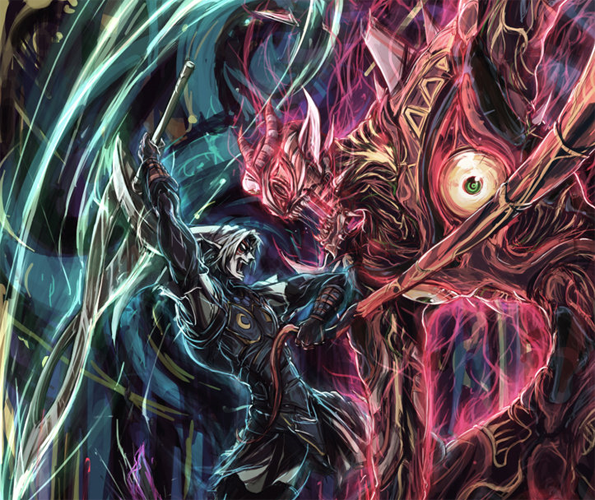https://en.m.wikipedia.org/wiki/Electrum
Naturally occuring gold/silver alloy. Used for the earliest known coins, the caps of Egyptian pyramids, etc.
Or, in the current context:
https://www.dndbeyond.com/sources/basic-rules/equipment#StandardExchangeRates
Coins worth 5 silver pieces, or half a gold piece.
a variety of gold alloys are imo best used in ways that narratively suggest and lead to extinct cultures and technology, ideally with strange markings and found with cultural artifacts that send the party to a sage who can direct the party as to their significance in a manner that furthers the campaign. (Alternatively a high-level bard might just make a lore roll, or be told by the DM to smooth gameplay.) Electrum has been a part of standard D&D rules since at least 1st ed. one coin generally worth 1/2 a gp.
“Oh shit, is this the Mistborn universe?”
Money is money.
In my setting, I just use them like a $50 bill.
I played with a DM who only used them in elvish cities, no one else would trade in them. That is now in my world too.
Smug elves and their special currency.
Not usually, but as parts of unusual treasure, yes. But I’ve always been prone to building treasure as part of the story, in a group where the story is the main style. Doing hack/slash or a roleplay heavy dungeon crawl, I just go with standard treasure for the encounters though.
I mean for rarity value alone they gotta be worth 2, 3 gold each
I mean, $2 bills are pretty rare these days, but still only worth $2.
I like to use them as part of treasure hoards for creatures that are either primitive or ancient, as a nod to the difficulty in separating the alloy. For the latter, sometimes the coins have value as archaeologic artifacts moderately higher than their own value, if the party invests their time and ration resources to find someone to pay that much.
The dragon had OCD and couldn’t stand seeing coins everywhere piled up. So they traded it all in for electrum and stored it in an extremely rare relic known as a Sāflok.
What’s an electrum
They circle the protums and neutrums.
gold + silver alloy.







